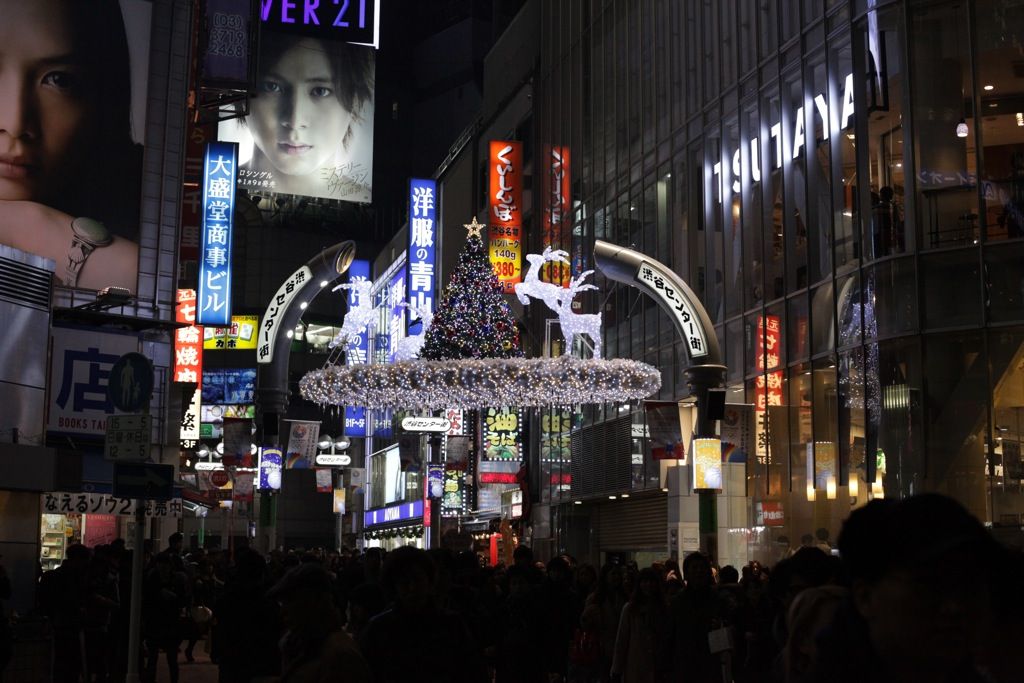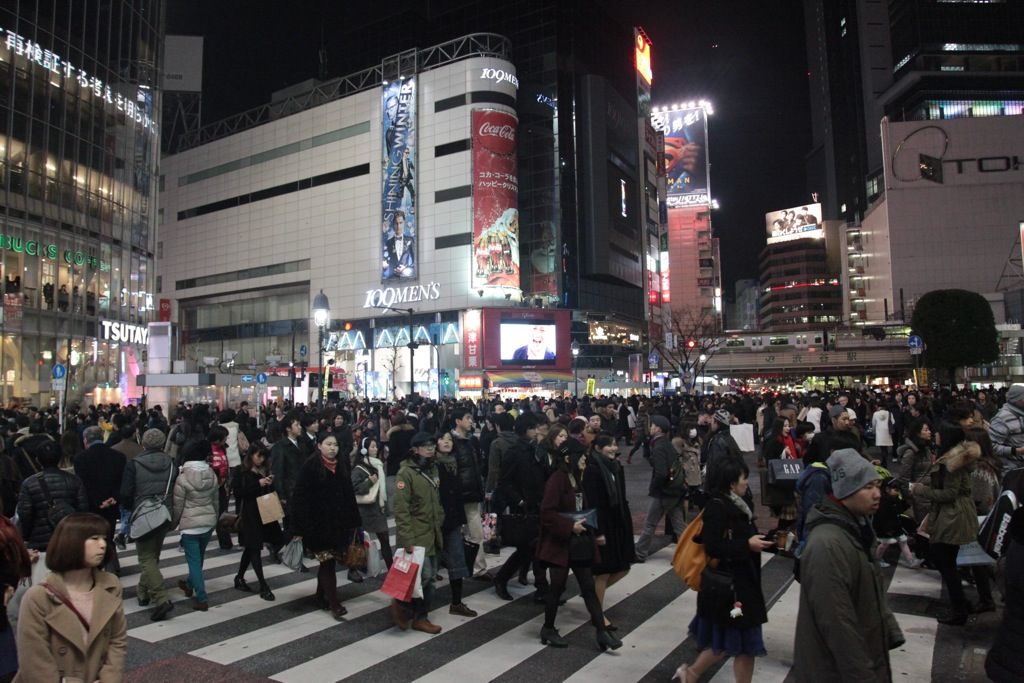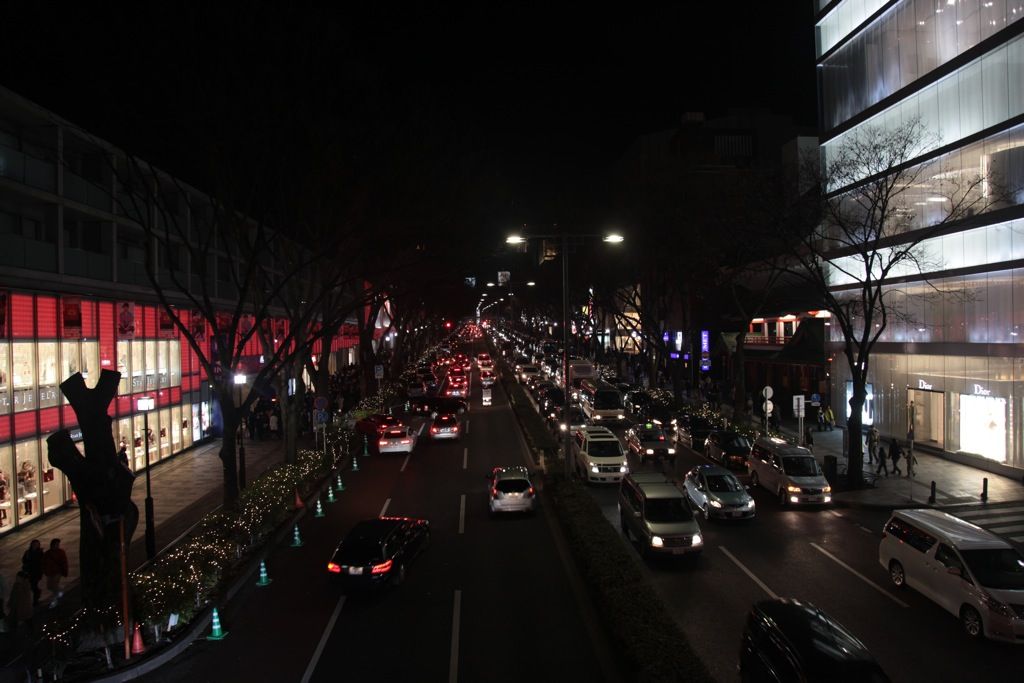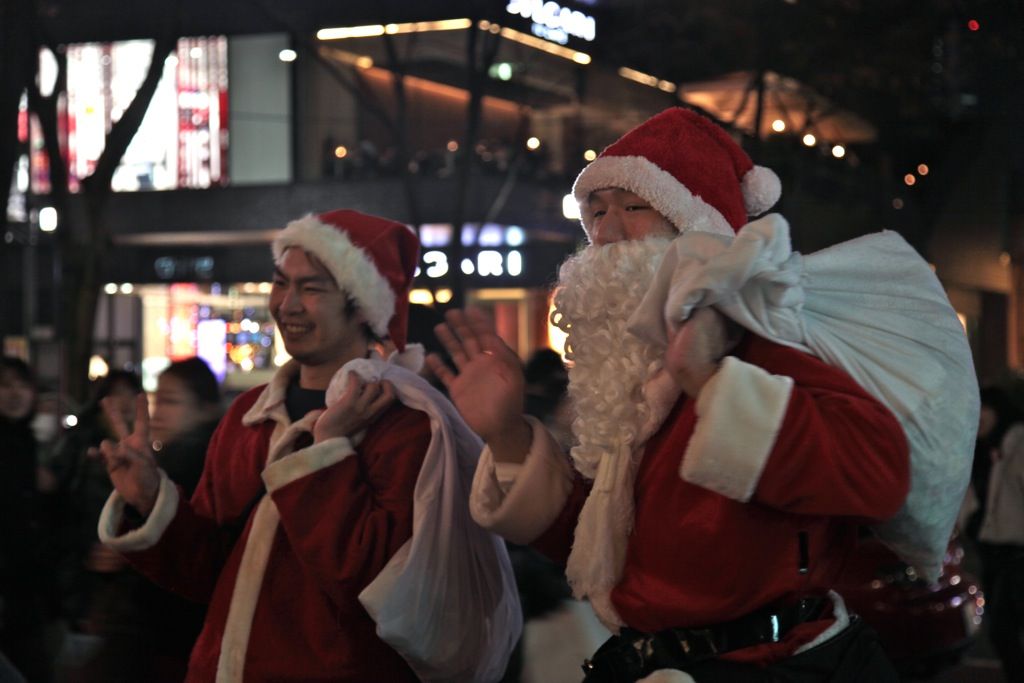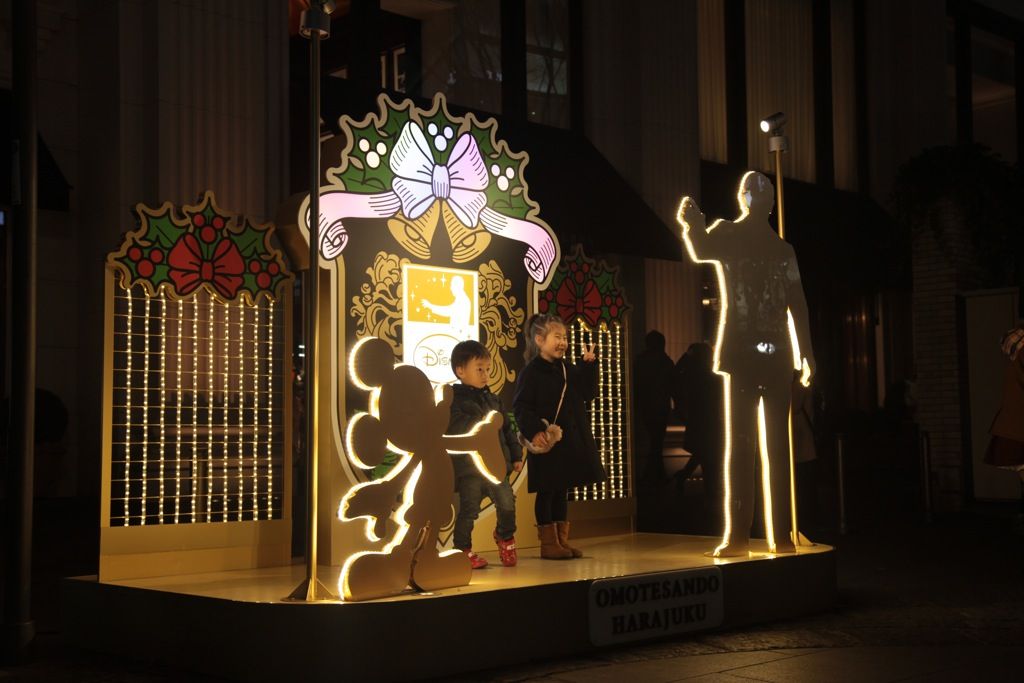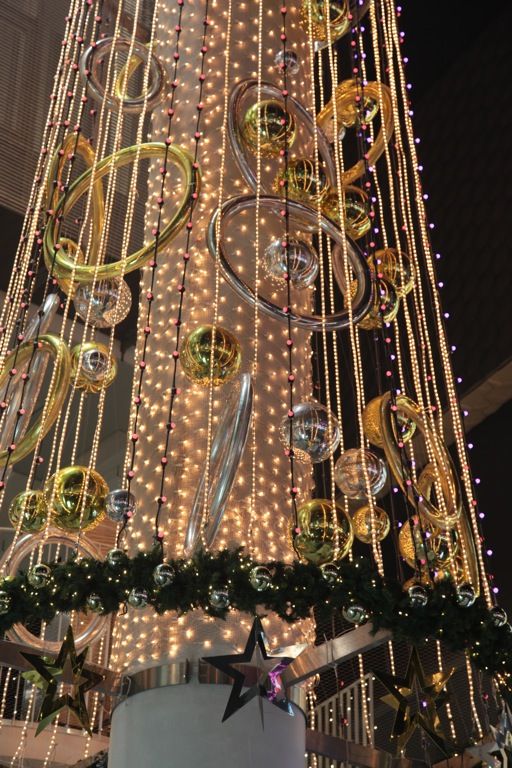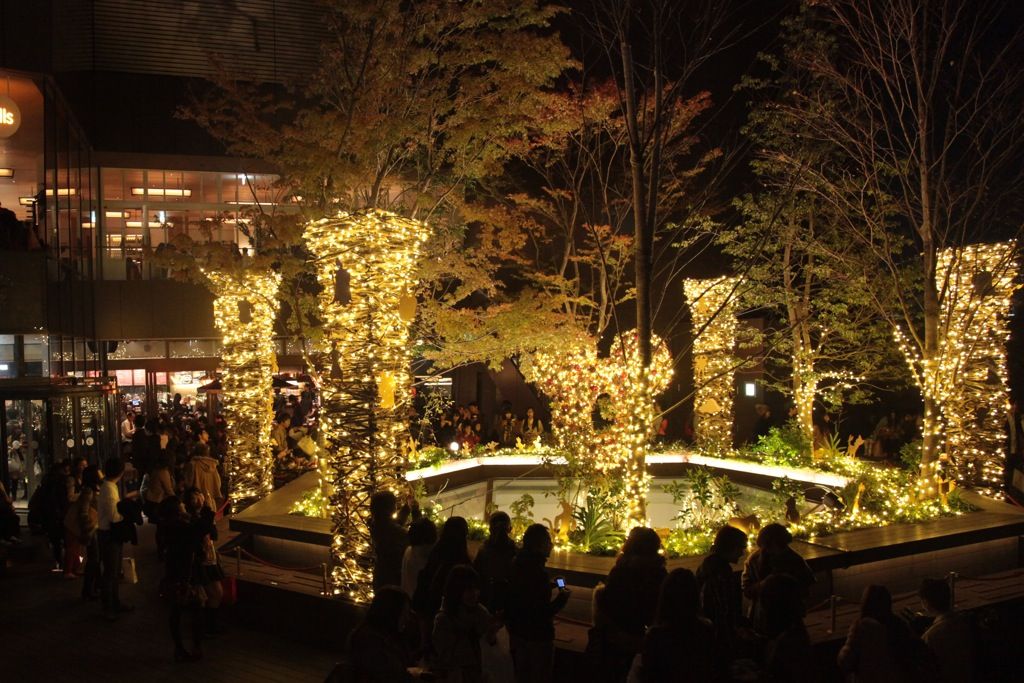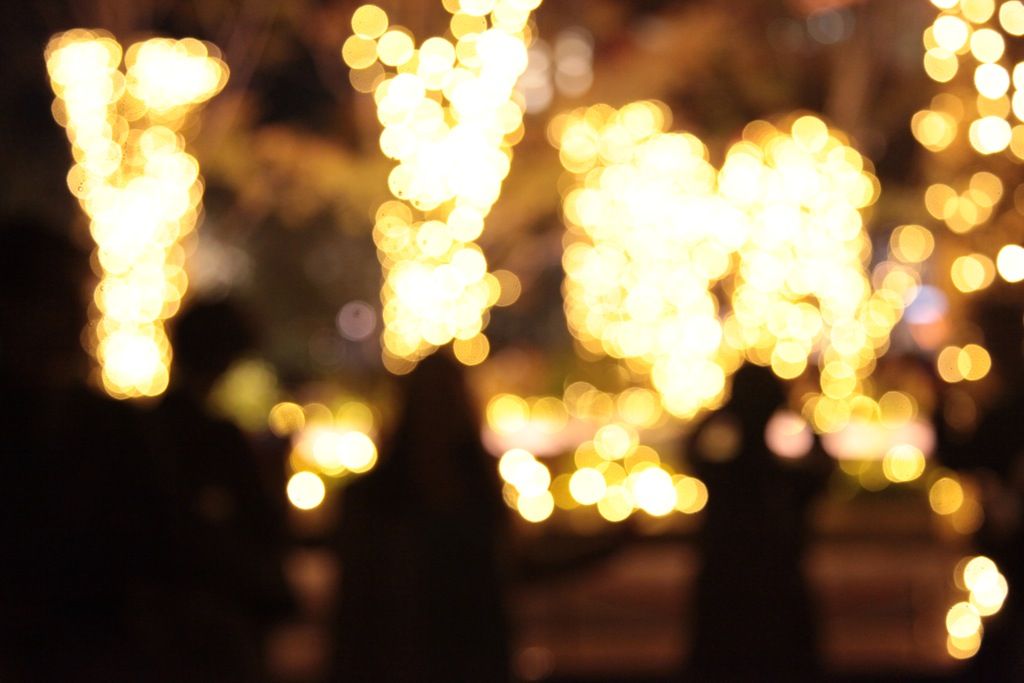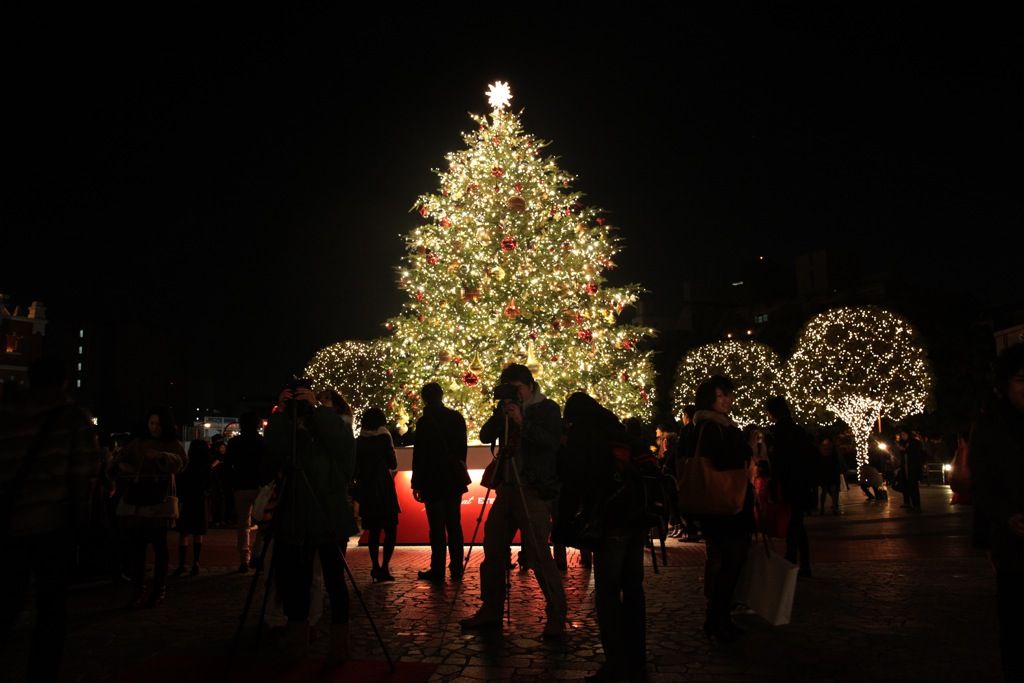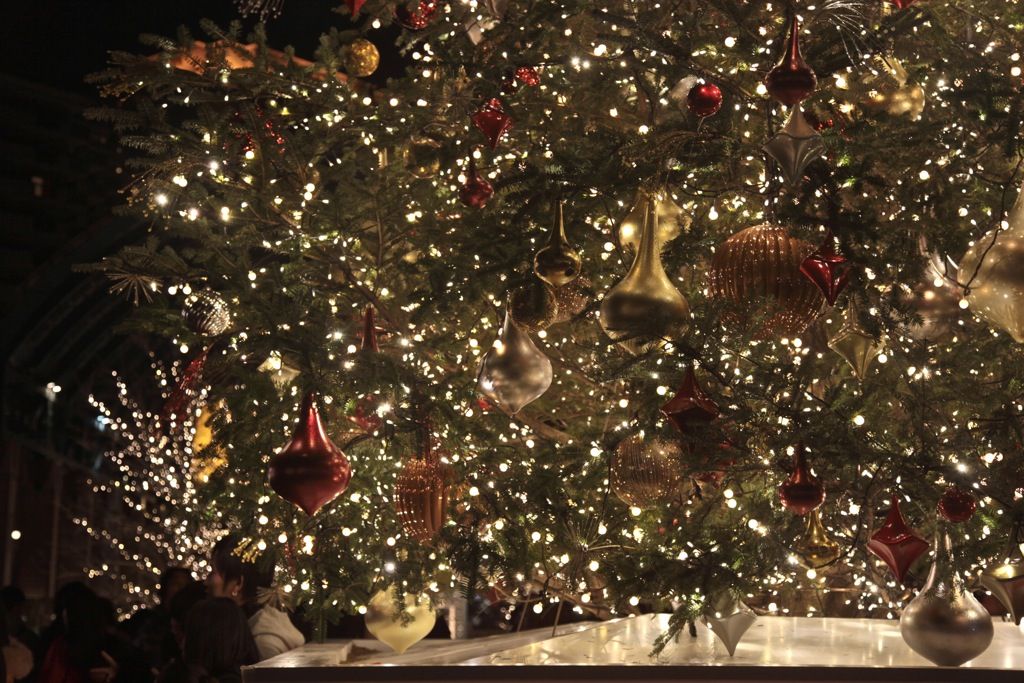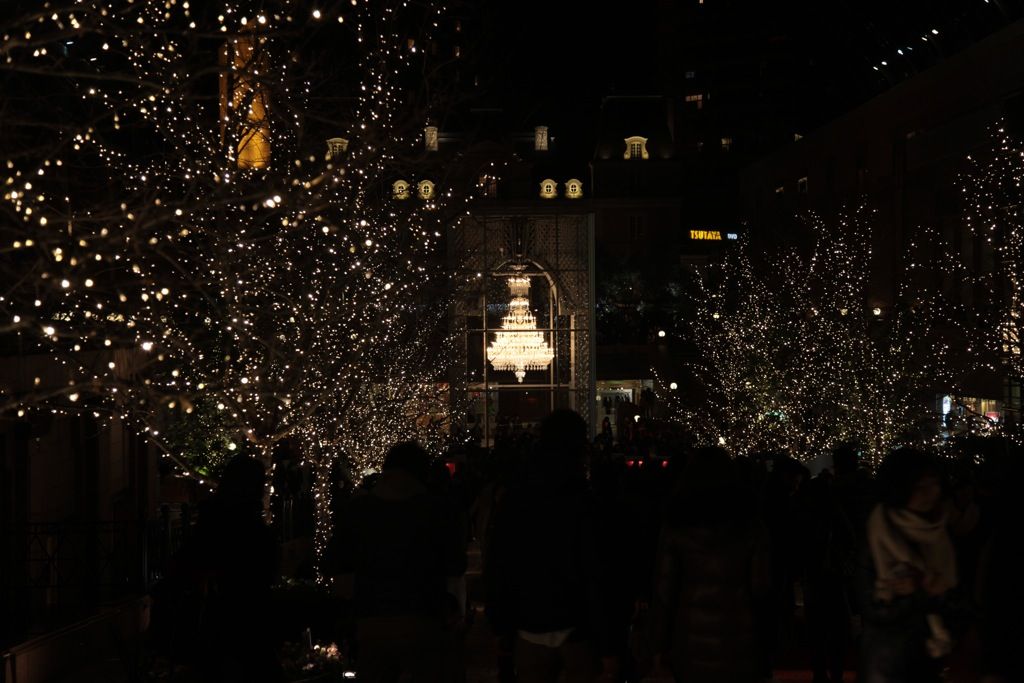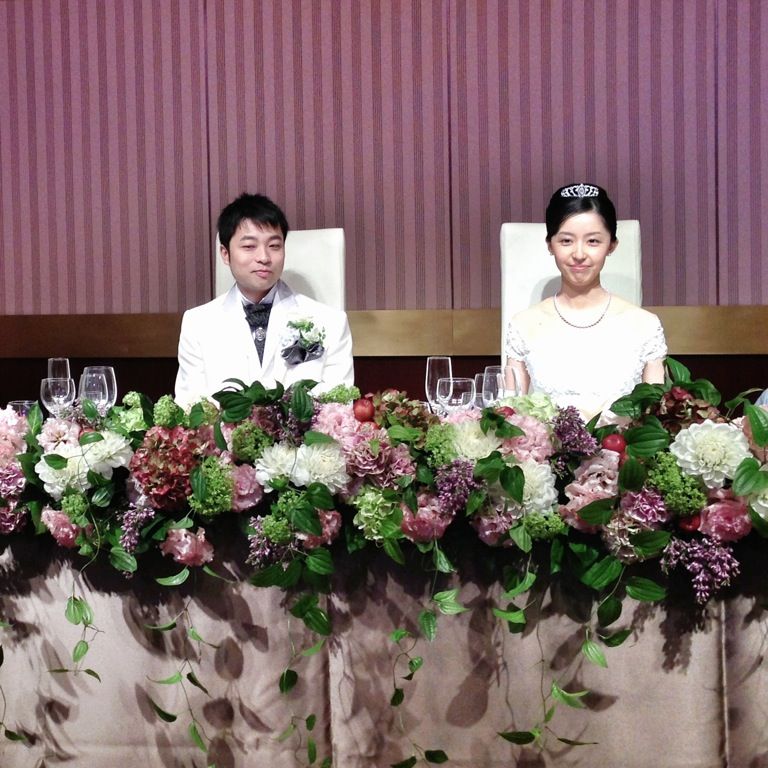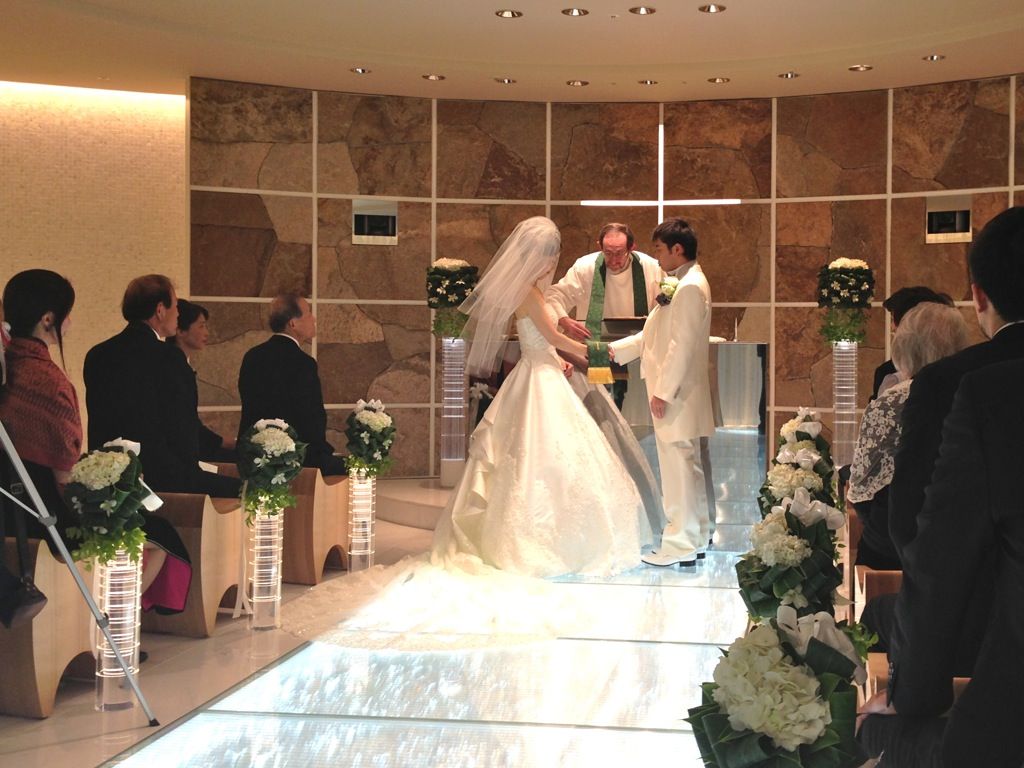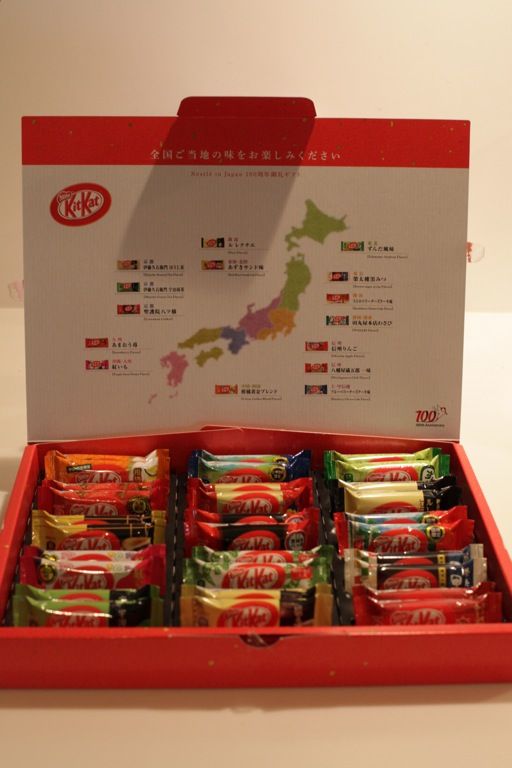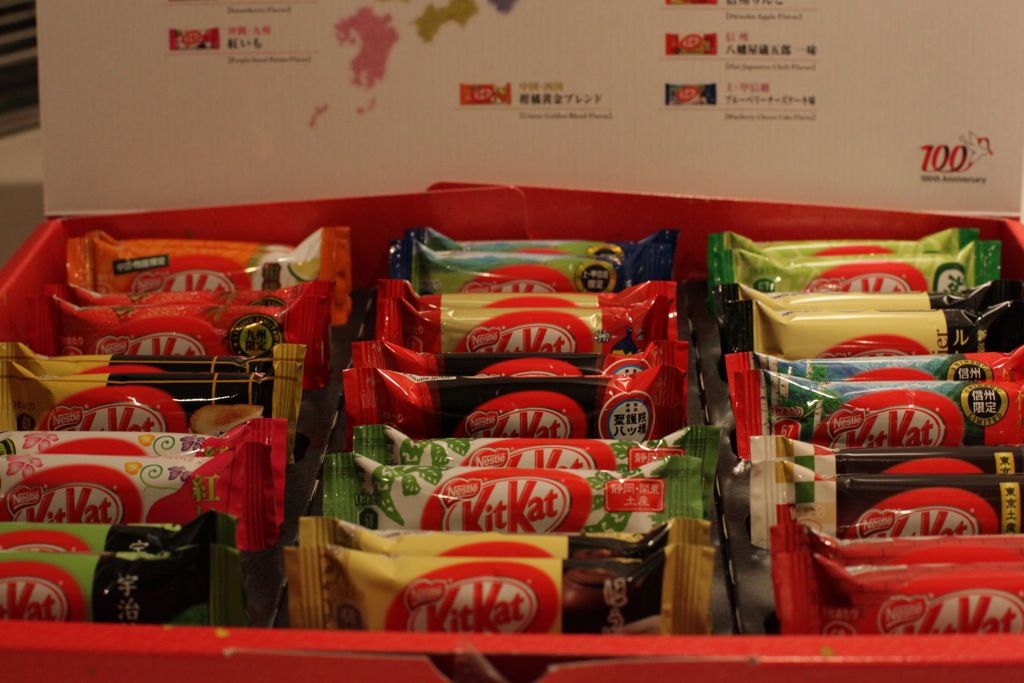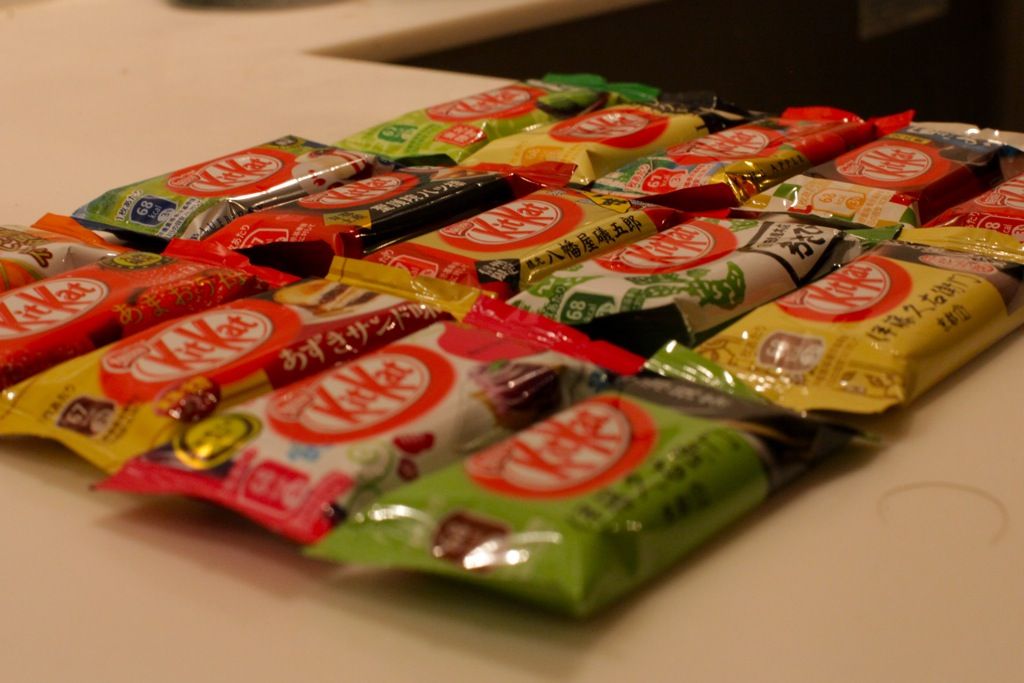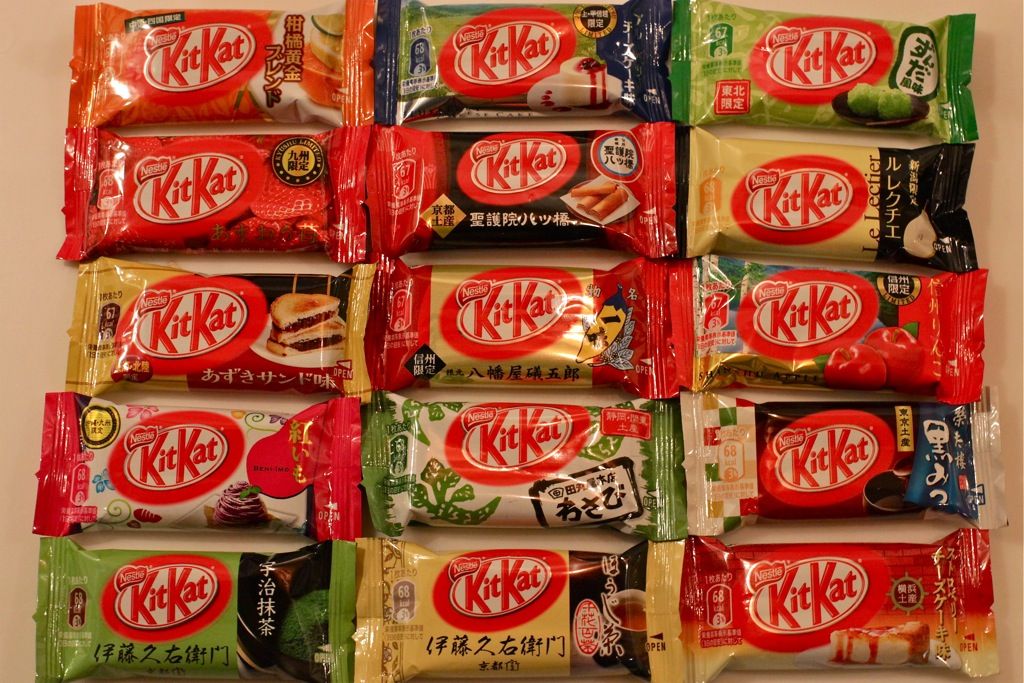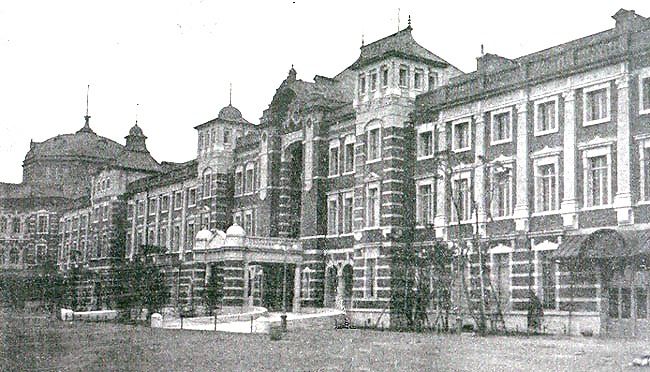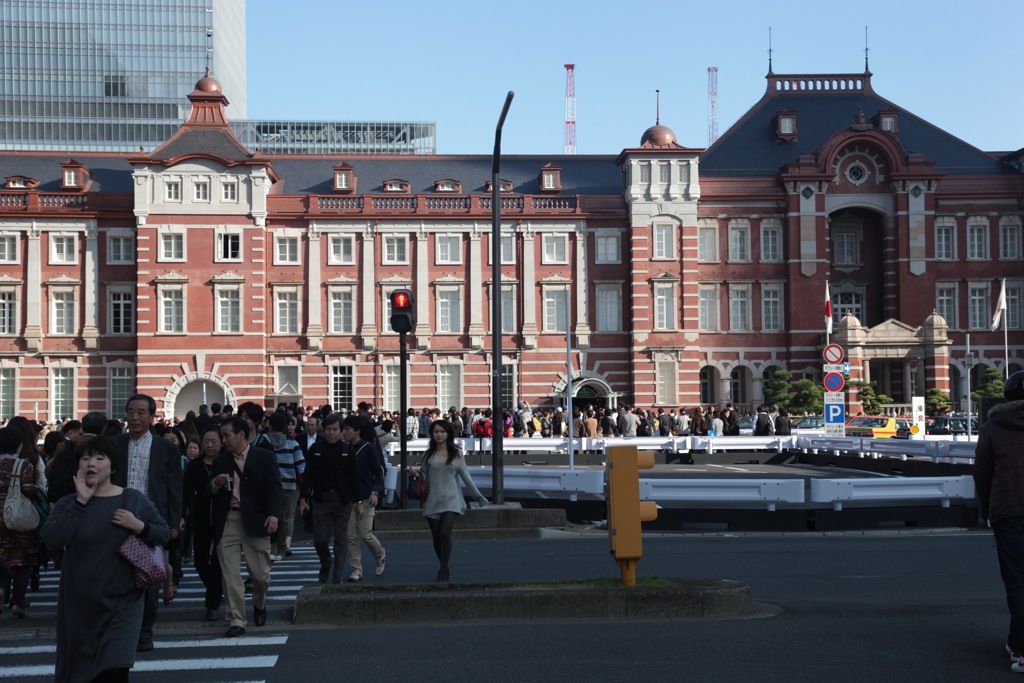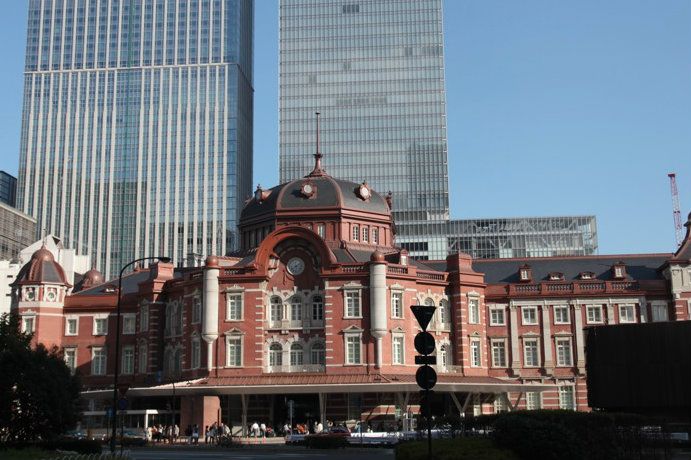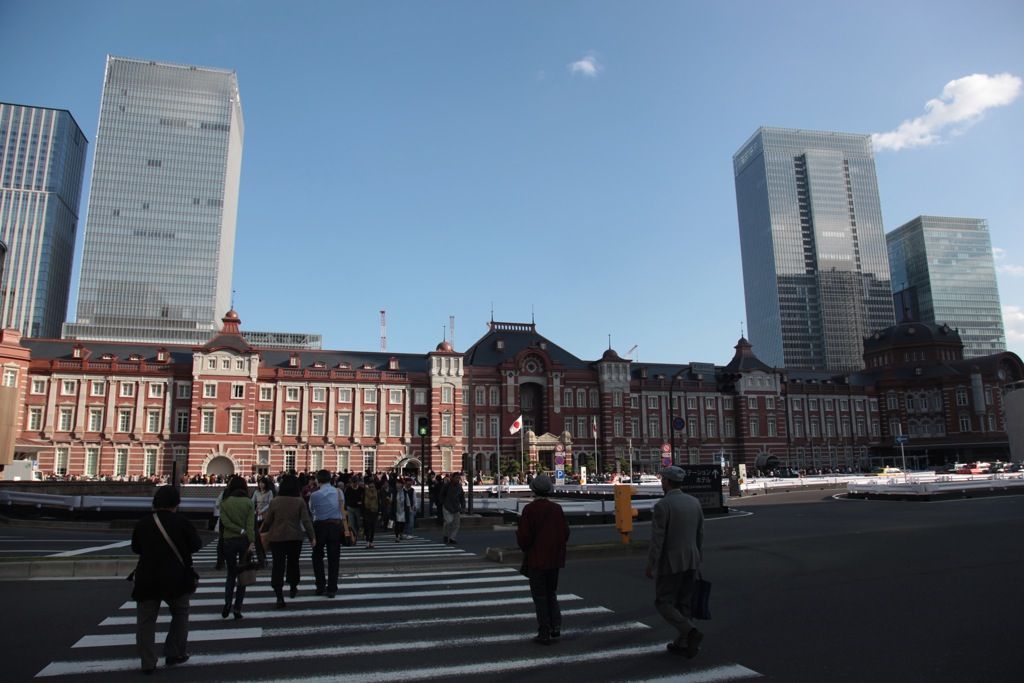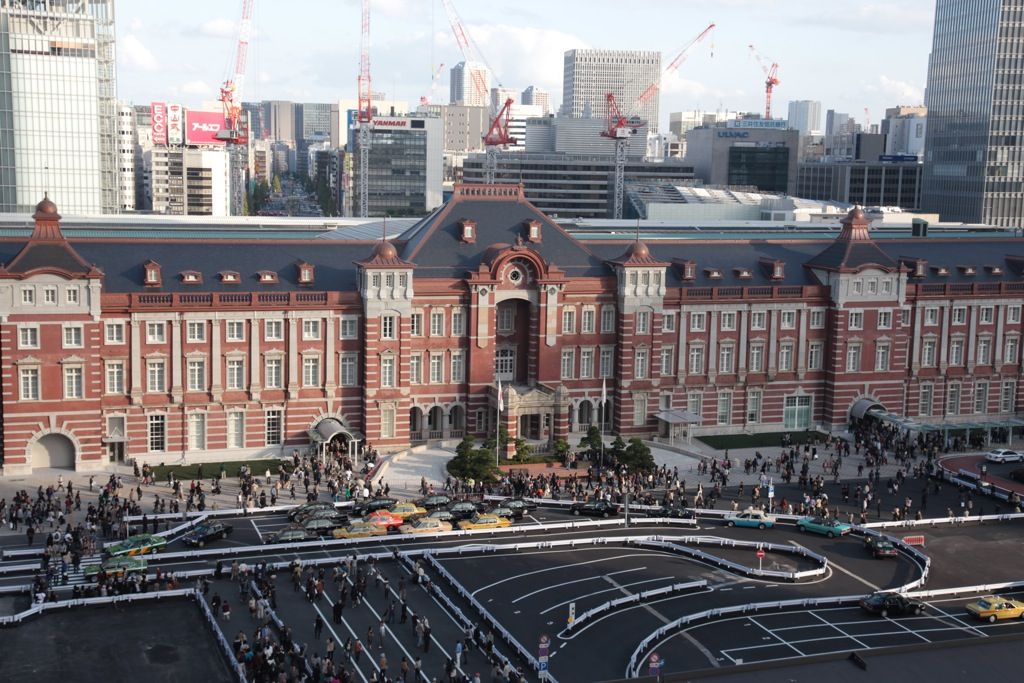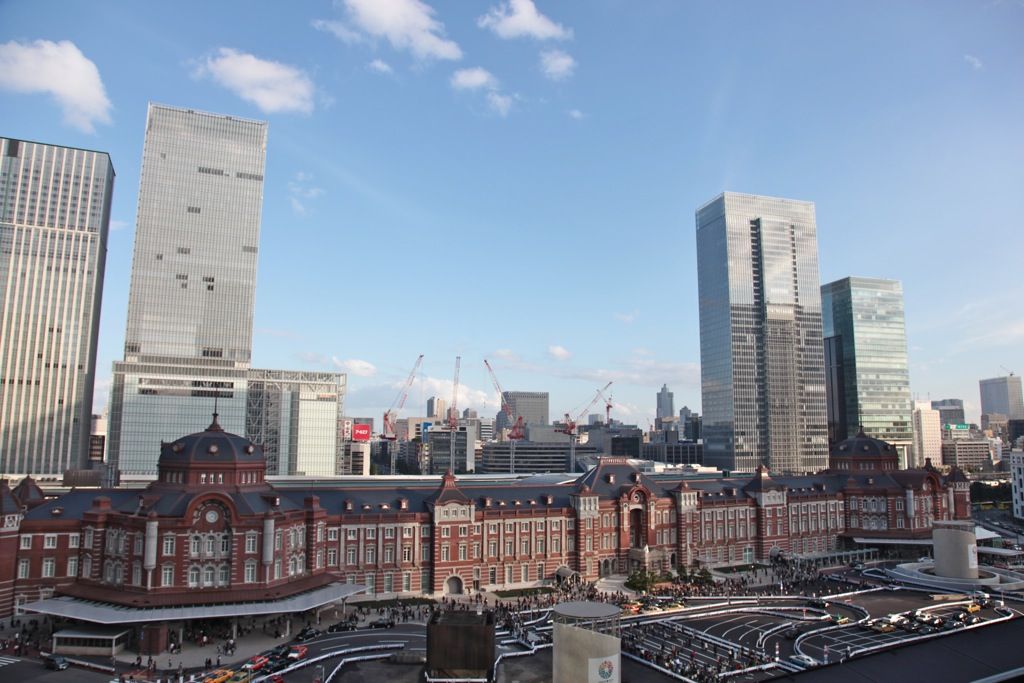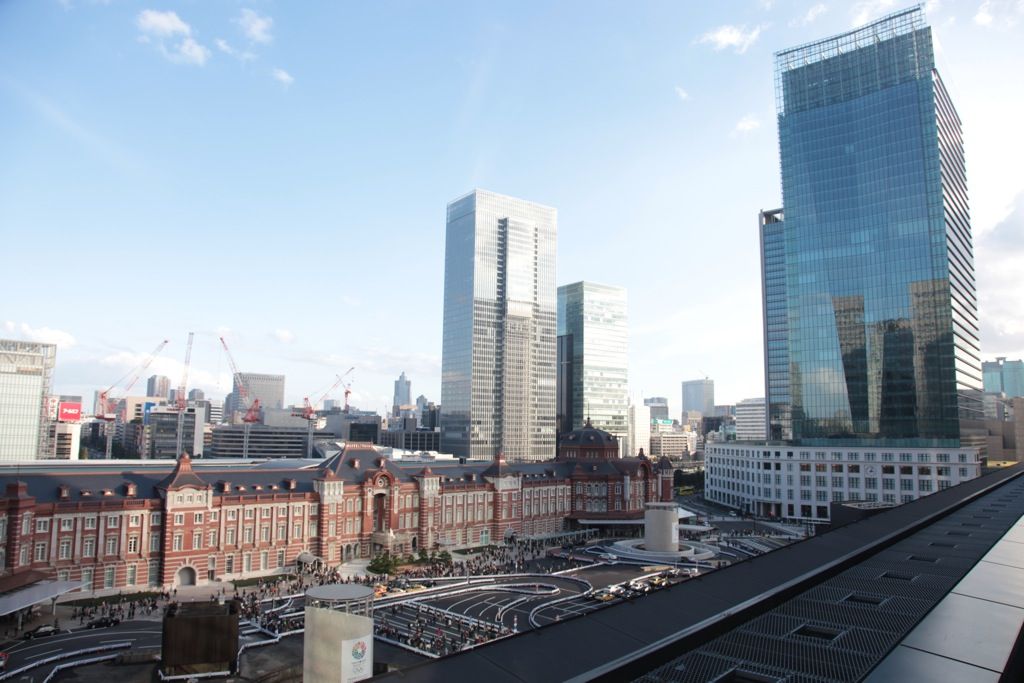My first Christmas in Japan and well it's been clear that here it's not the same! Certainly because it's not the same with family and relatives being far away but it was also true that at the end in Japan people doesn't really care about Christmas. At first glance one could think it's quite similar to our Christmas or even more, Santa Claus running up and down, loud Christmas songs at the streets, illumination in all corners and Christmas decorations for all tastes...providing you can/want to pay for them, a simple Christmas tree made of plastic 95 euros and decorated with some balls and bows...260!!

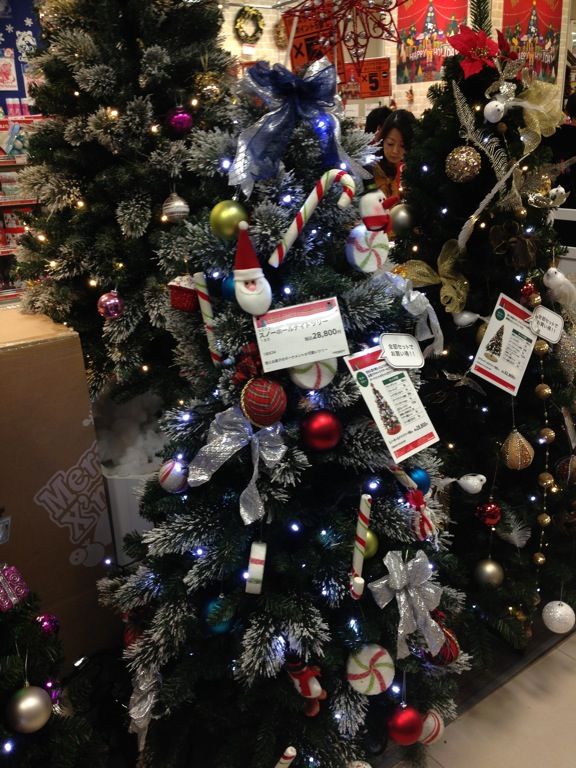
El tema decoració agrada i molt, així com les llums, molts racons de la ciutat s'il.luminen aquests dies amb grans estructures de colors que tothom busca immortalitzat en una instantània, sobretot les parelletes...suposo que per ells això dóna un aire més tendre i romàntic a l'ambient :). Ara si una cosa m'ha quedat clara és que als Japonesos els hi agrada molt anar de compres, sent el Nadal la millor excusa per gastar i comprar regals. En això tampoc és que siguin molt diferents al nostre Nadal però sincerament crec que aquí la fervor consumista supera totes les expectatives, em sembla que mai havia vist tanta gent fent compres a Shibuya!! Més enllà d'això, per ells el Nadal poca cosa, per la gent jove el més típic és sortir a fer un sopar romàntic en parella (les reserves s'han de fer amb setmanes d'antel.lació!), per les famílies menjar un pastís de Nadal i pels més atrevits/entregats anar al Kentucky Fried Chicken (menú especial a 50 euros!). En el meu cas, vàrem fer un sopar de Nadal a casa d'uns amics amb una autèntica fondue suïssa i sobretot bona companyia, això sí gairebé tothom va retirar molt d'hora...al Japó el dia 25 toca treballar!. Espero que hagueu passat unes bones festes!
Decoration is something they like very much, likewise lighting. Many places of the city are illuminated these days with huge structures of light and colours where everyone wants to get a picture with, particularly couples...I guess they find the environment more romantic and special :). Moreover if there is one thing above all the rest is that Japanese get crazy for shopping and Christmas becomes the best excuse to buy presents and spend money (likewise in the west by the way), I would say I had never seen so many people in Shibuya doing shopping like on Christmas' eve. Beyond this very little to highlight...for young couples it seems that something traditional is to go out for a romantic dinner in a restaurant (I've been told reservations have to be made weeks in advance!). If you stay in family the main difference will be to eat a typical Christmas cake and for those more into it, the tradition would be to go to KFC (special Xmas menu at 50euros!). In my case, I went to a friends' house for a Christmas dinner with an authentic Swiss fondue and most importantly good company. The problem was that everyone went home very early...in Japan the 25th is a working day!. Hope everyone had a wonderful Christmas!
- Shibuya
- Harajuku - Omotesando
- Ebisu - Garden Place

